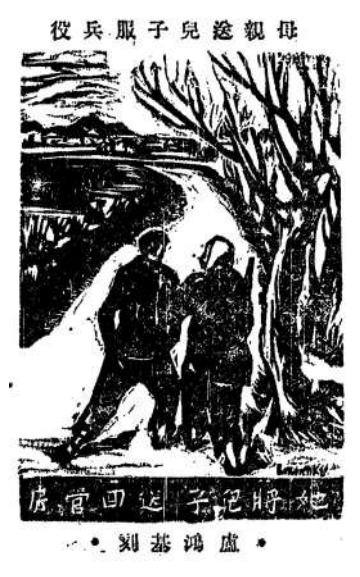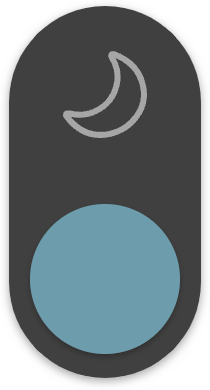
On January 27, 1939, Ta Kung Pao published Lu Hongji's "Mother Sends Her Son to Serve in the Army." A mother, filled with sorrow and pride, bids farewell to her son. Like countless others, she sets aside personal grief for the sake of national duty.
During the War of Resistance against Japanese Aggression, many artists utilized Ta Kung Pao as a creative platform, expressing the grand narrative of the national struggle through various visual forms, including traditional Chinese painting, printmaking, and political cartoons. Among these, woodcut prints emerged as the most widely adopted and collectively supported medium.
Artists such as Li Qun, Ma Da, Qin Wei, Lu Hongji, Duan Ganqing, Feng Zhongtie, Zhang Hui, and Shang Mozong wielded their carving knives as weapons. With sharp lines and bold strokes, they vividly depicted the courage and defiance of Chinese soldiers and civilians, exposed the brutality and savagery of the Japanese invaders, and carved indelible marks into the memory of history.




















Comment